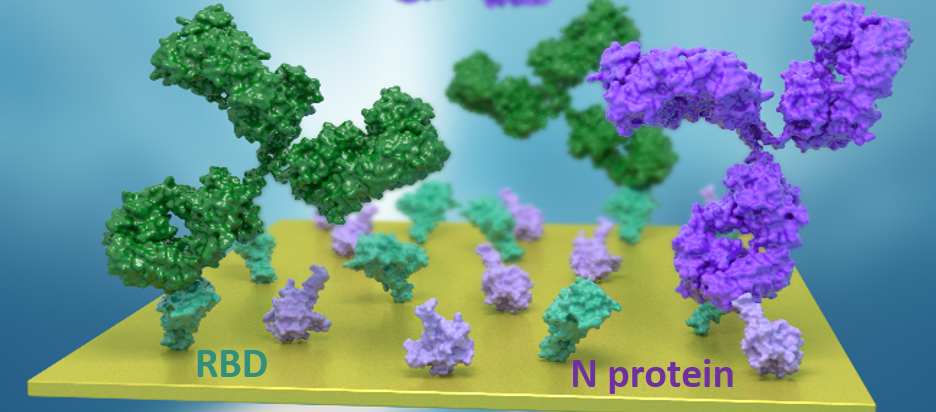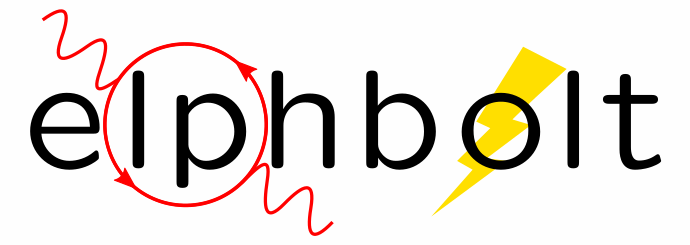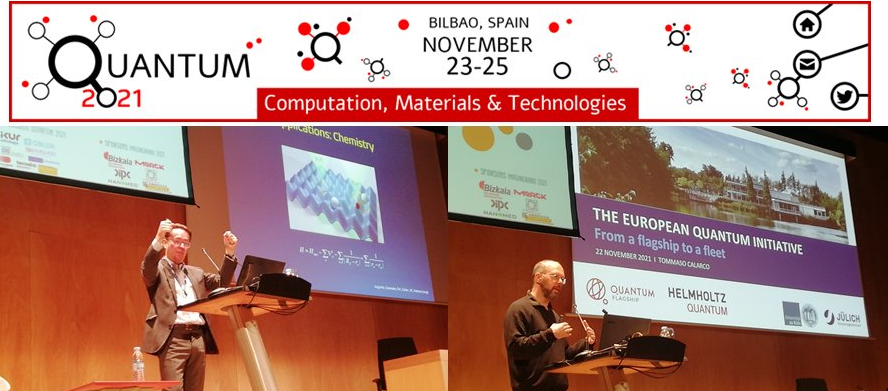Monday, 21 March 2022
COVID-19 diagnostics: what does it take for a new technology to move from concept to actual clinical practice?
A review in "ACS Nano" examines the phases of the development of a diagnostic device, highlighting the critical aspects and limitations that slow down the process of bringing an innovative technology from the laboratory to the marketplace. This work was conducted by members of the ICN2 Nanobioelectronics and Biosensors Group.





















